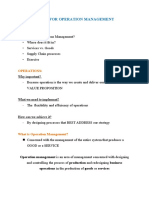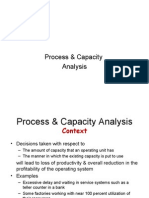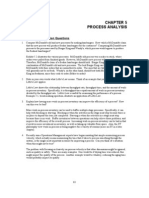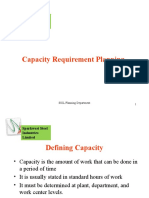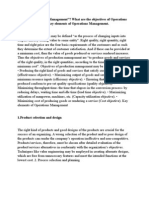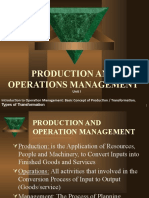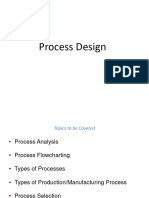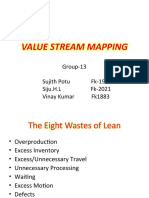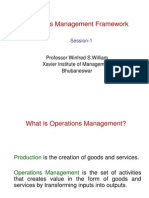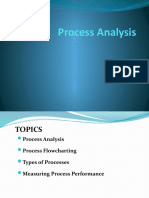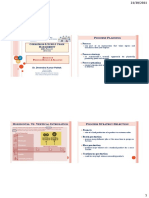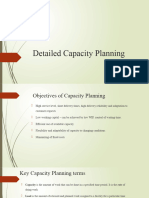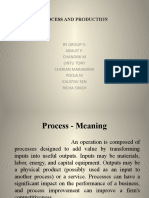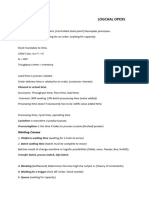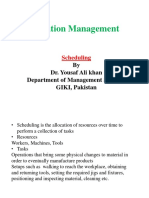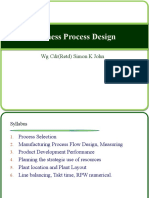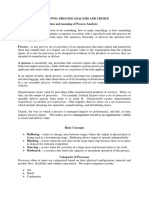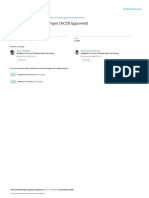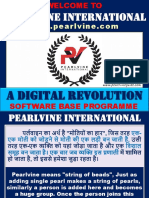0% found this document useful (0 votes)
383 views14 pagesOperations Management Word File
Operations management involves managing resources to deliver goods and services to customers. It has three main dimensions: strategy, design, and control. Strategy involves high-level planning decisions, design determines process steps and capacities, and control manages day-to-day activities like scheduling. Process analysis is a key part of operations management and involves mapping processes, identifying inputs/outputs, and measuring performance metrics like cycle time, capacity, and inventory levels. The document then provides examples of different types of production processes.
Uploaded by
smartunique00071469Copyright
© Attribution Non-Commercial (BY-NC)
We take content rights seriously. If you suspect this is your content, claim it here.
Available Formats
Download as DOCX, PDF, TXT or read online on Scribd
0% found this document useful (0 votes)
383 views14 pagesOperations Management Word File
Operations management involves managing resources to deliver goods and services to customers. It has three main dimensions: strategy, design, and control. Strategy involves high-level planning decisions, design determines process steps and capacities, and control manages day-to-day activities like scheduling. Process analysis is a key part of operations management and involves mapping processes, identifying inputs/outputs, and measuring performance metrics like cycle time, capacity, and inventory levels. The document then provides examples of different types of production processes.
Uploaded by
smartunique00071469Copyright
© Attribution Non-Commercial (BY-NC)
We take content rights seriously. If you suspect this is your content, claim it here.
Available Formats
Download as DOCX, PDF, TXT or read online on Scribd
/ 14




